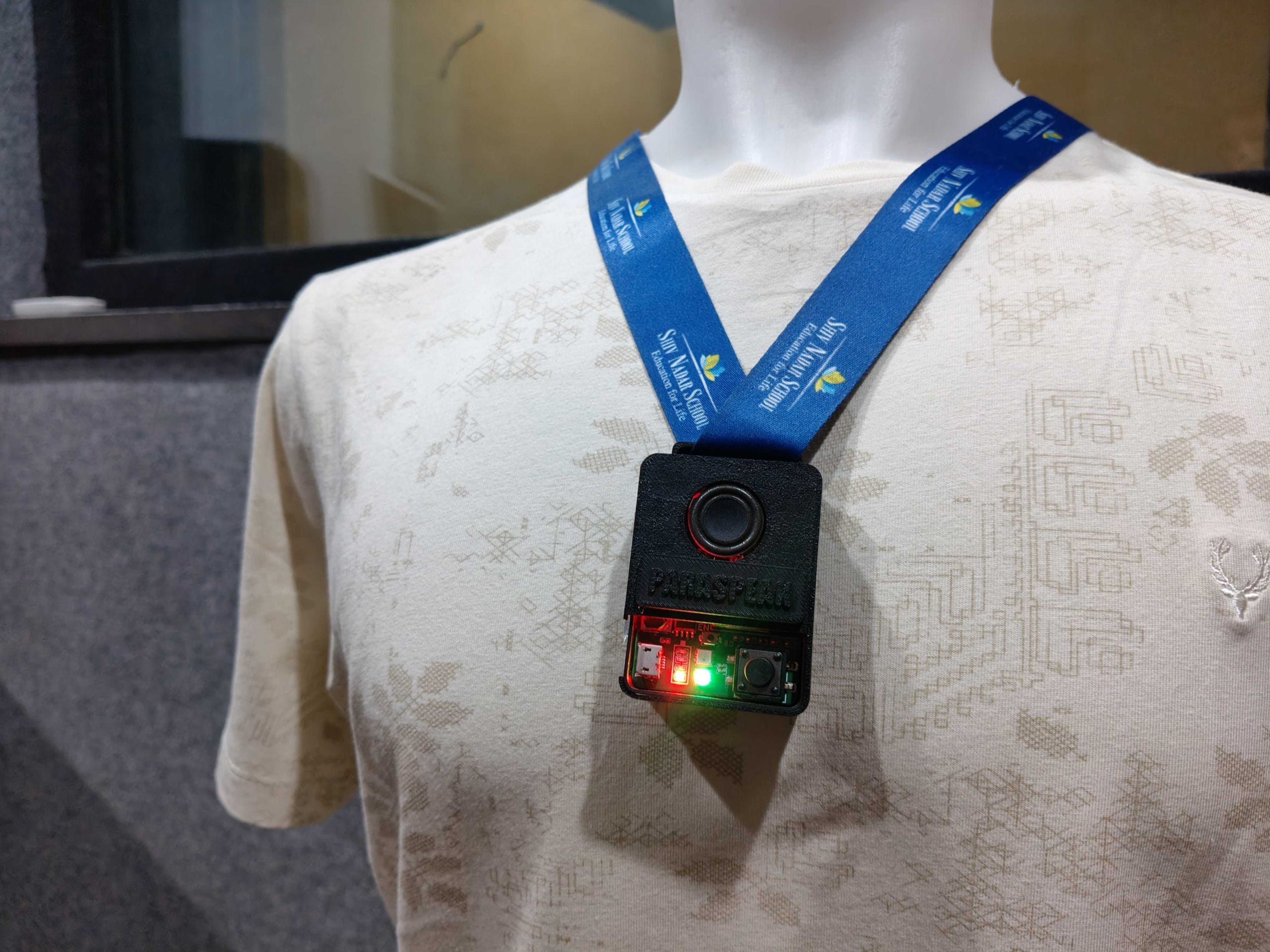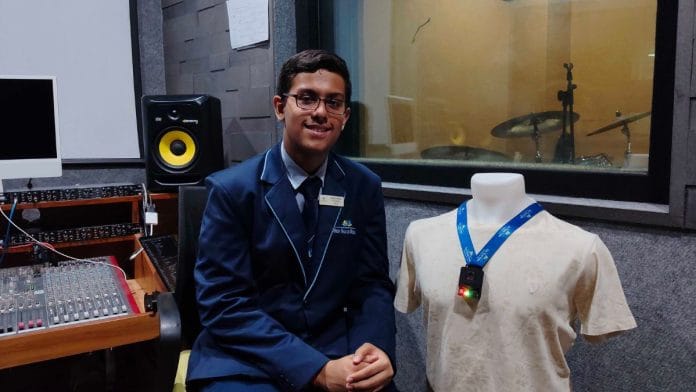Gurugram: Pranet Khetan, a 16-year-old from Gurugram, has built a matchbox-sized device that converts slurred speech into clear, understandable words. And unlike other automatic speech recognition (ASR) devices, which are restricted to English, Khetan’s device is one of the first ever to understand and translate Hindi speech. It can also be produced in just Rs 2,000, making it an accessible and low-cost device.
Khetan, a Class 11 student at Shiv Nadar School, Gurugram, used AI and machine learning to develop the prototype and database for the Hindi-language ASR he named ‘Paraspeak’.
The device received the fourth prize in biomedical engineering at the Regeneron International Science and Engineering Fair (ISEF) 2025 in the US, which is the world’s largest pre-collegiate science fair. But Khetan’s main interest is to develop his prototype so that it can be market-ready and accessible to people in need.
Sitting in the IT Lab inside his school premises, Khetan spoke about how he has been interested in robotics and AI since he was eight years old. However, he got inspired to pursue this project when he visited a paralysis care centre near New Delhi in May 2024. After seeing how stroke patients, and people with cerebral palsy and Parkinson’s had difficulty articulating themselves, he began thinking of how technology can help them.
“I remember wondering how to bridge this communication gap using AI, and that’s when the idea for Paraspeak first came up,” said Khetan. “I went to Nitesh sir, who has been my robotics teacher for three years, and asked him why we can’t build a device that translates their dysarthric speech?”
It was the start of his journey learning about ASRs and developing his own. His pocket-sized device records the slurred speech of a user, sends it to a cloud server, which hosts the AI translation model developed by him, and then sends the translated, clear speech back to the device to be played out. The prototype hangs on a ribbon around the patient’s neck, allowing easy access for it to record the sounds.
One major obstacle Khetan faced when he began building Paraspeak was the language.
“The reason why there are no ASR machines in Hindi is because there is no large-scale database of dysarthric Hindi speech upon which the AI model can be trained,” explained Khetan. “So I decided to build my own database.”
From May 2024, Khetan visited numerous hospitals and shelters to meet people with dysarthric speech issues. From stroke patients to others with neurological disorders that make it difficult for them to control speech muscles, he spent time with around 30 different people. With their permission, he recorded their speech and slowly built a database of 42 minutes of voice recordings.
“This is my custom-built dataset. I trained my AI speech-to-text model on this database, and it’s now able to translate slurred speech quite accurately in real time,” he said proudly.
He spent hours at home and in the school’s IT Lab, working with his mentor Nitesh Kumar to develop and perfect the device.

Also read: Working at Rikers Island prison taught Tillotama Shome more than acting school
Building for people
Holding a recorder with dysarthric voice samples, Khetan readied the prototype for a demonstration. By simply pressing a button, the device turned on for recording. Then he played a five-second clip of a Parkinson’s patient’s speech. After one minute, the device’s light turned green and the clear speech played out.
“Beta aapki umar kya hai? (Son, what is your age?),” said the device, translating the original voice sample.
Khetan looked satisfied. He remembered the man whose voice sample it was, and said that the translation was completely accurate.
By December 2024, Khetan was ready with his prototype to participate in the Initiative for Research and Innovation in STEM (IRIS) Fair, which is India’s national-level fair. Over 2,000 students from across the country participated in it. He made the top 10 list, and was chosen to represent India at the international level in ISEF in May 2025. There, apart from winning the Fourth Prize in biomedical engineering, he also received a special award from the International Council on Systems Engineering (INCOSE).
But for Khetan, the most priceless moment was letting patients test the developed system.
“When they used the device and realised that someone could understand them for the first time, they were really happy,” recalled Khetan. “Whether it’s a machine or a human, the main thing is that someone understands what they’re saying.”
Now, he wants to work with firms to make his product accessible in the market. While being confident that he wants to see his invention through, he is also aware that he will need help to get there.
“I don’t want to stop here. There are so many vernacular Indian languages that aren’t represented in speech recognition devices, and I would like to broaden my scope and work on them when I get a chance,” he said.
(Edited by Ratan Priya)






